Shrubs Damaged By Snow: Fixing Winter Damage To Evergreens
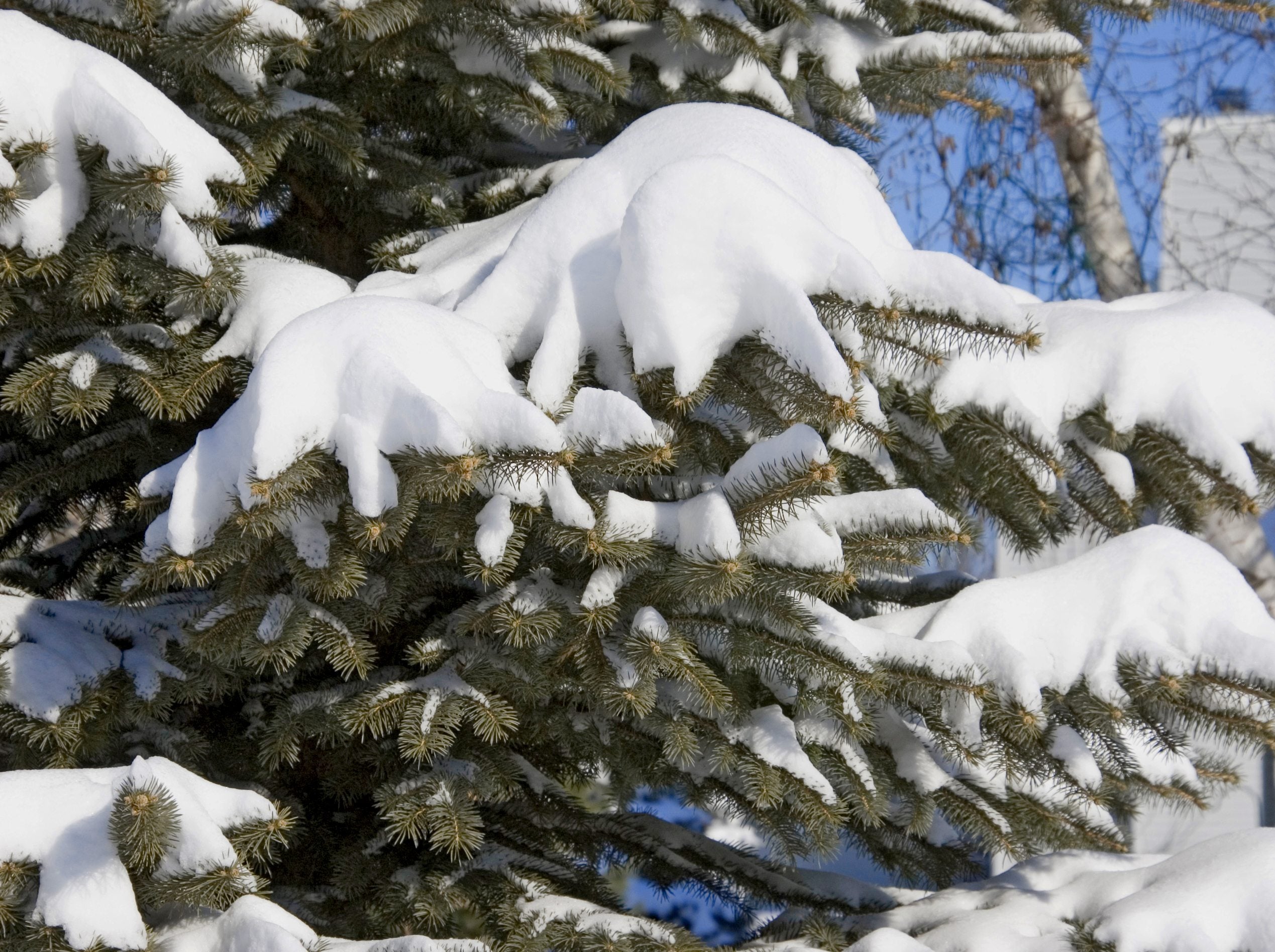

Most evergreen conifers that have evolved with cold winter climates are designed to withstand winter snow and ice. First, they typically have a conical shape that easily sheds the snow. Second, they have the strength to bend under the weight of snow and with the force of wind. However, after heavy storms, you may see a significant buildup of snow bending over evergreen branches. It can be quite dramatic, with branches nearly touching the ground or bent back half way. This may alarm you. Has the snow and ice caused winter damage to evergreens? Read on to learn more about evergreen snow damage.
Repairing Snow Damage to Evergreen Shrubs and Trees
Every year trees and shrubs damaged by snow break off or become misshapen. This is typically due to extreme weather events combined with plants that have a weak spot. If you are concerned about evergreen snow damage, proceed carefully. Brush off the snow gently if you feel it necessary. While you may be tempted to intervene, you just might want to wait and assess the situation further before doing so. It is important to remember that the branches of trees in cold winter weather can be brittle and easily damaged by people whacking at them with brooms or rakes. After the snow melts and the weather warms up, the tree sap will start flowing again. It is at this point that the branches typically bounce back to their original position. Winter damage to evergreens is more common with trees or shrubs that have tips that point upward. An arborvitae is a good example of this. If you see snow bending over evergreens such as arborvitae, remove the snow carefully and wait to see if they bounce back in the spring. You can also prevent this from occurring in the first place by tying the branches together so snow can’t get in between them. Start at the tip of the evergreen plant and work your way around and downward. Use a soft material that won’t damage the bark or foliage. Pantyhose works well but you might have to tie many pairs together. You can also use soft rope. Don’t forget to remove the wrapping in spring. If you forget, you could choke the plant. If the branches don’t bounce back in spring, you actually have evergreen snow damage. You can tie the branches to other branches in the tree or shrub for borrowed strength. Use a soft material (soft rope, pantyhose) and attach the branch below and above the bent over section and tie it to another set of branches. Check the situation again in six months. If the branch doesn’t repair itself, then you may have to remove it.
Gardening tips, videos, info and more delivered right to your inbox!
Sign up for the Gardening Know How newsletter today and receive a free copy of our e-book "How to Grow Delicious Tomatoes".

Karen Boness is the founder of Wild Willow Design, an Australia-based company that specializes in ecological landscape design.
-
 Looking For Plants To Give You The Soft And Fuzzies? Try These 5 Fuzzy Leaf Plant Options
Looking For Plants To Give You The Soft And Fuzzies? Try These 5 Fuzzy Leaf Plant OptionsLovers of texture, drama, silver foliage and tactile plants will adore these special sensory garden additions. These fuzzy leaf plant options will leave you all aglow
By Susan Albert
-
 Get Ready For A Summer Of Hummers! Grow These Full Sun Hummingbird Plants and Flowers
Get Ready For A Summer Of Hummers! Grow These Full Sun Hummingbird Plants and FlowersIf you’re lucky enough to enjoy a sunny backyard, make sure you are maxing out on your pollinator opportunities and grow these full sun hummingbird plants and flowers
By Tonya Barnett
-
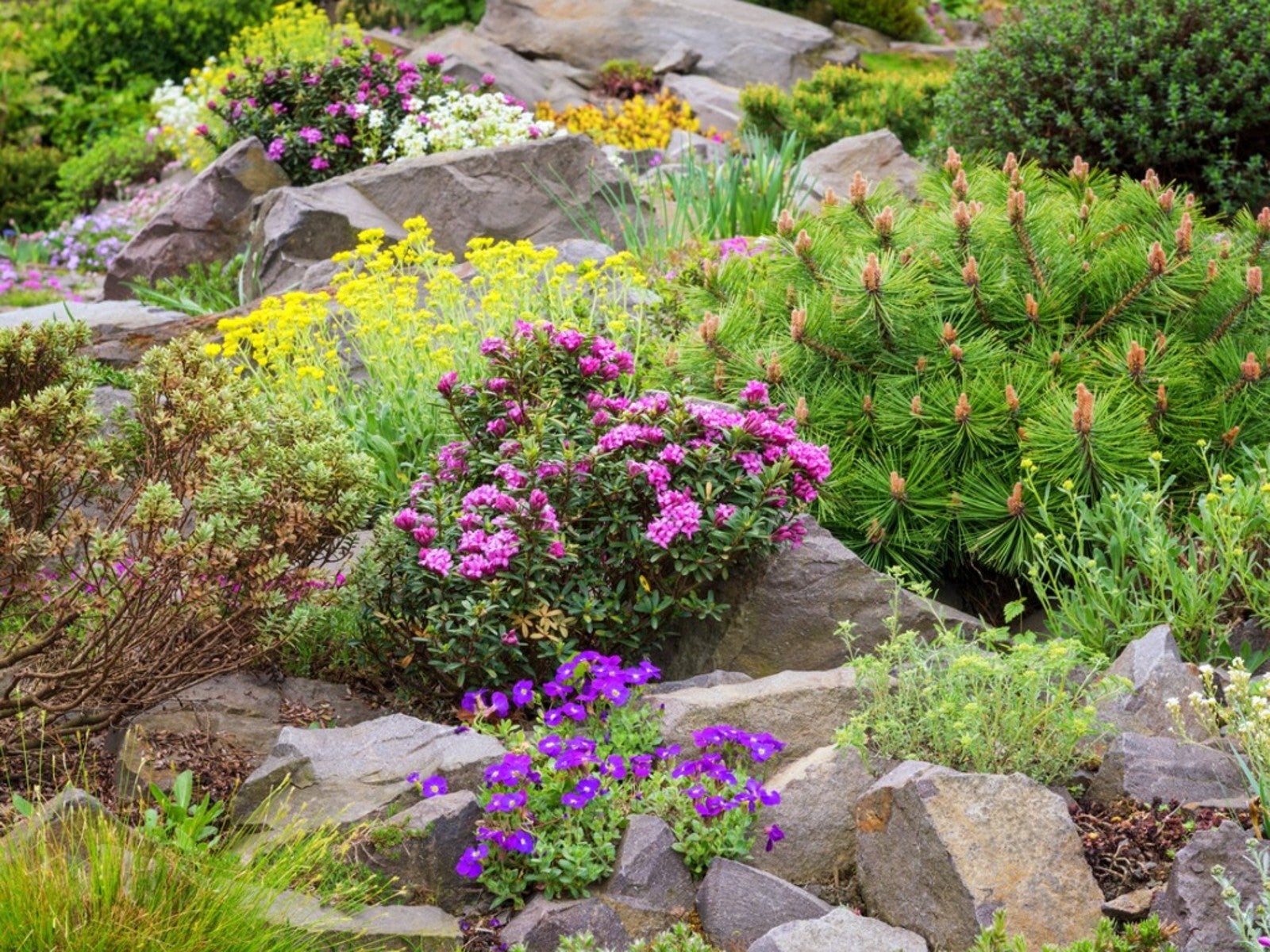 Best Short Bushes For Erosion Control
Best Short Bushes For Erosion ControlErosion is a serious problem that can be solved with the right plants. Read about some low-growing shrubs that can help with erosion control.
By Bonnie L. Grant
-
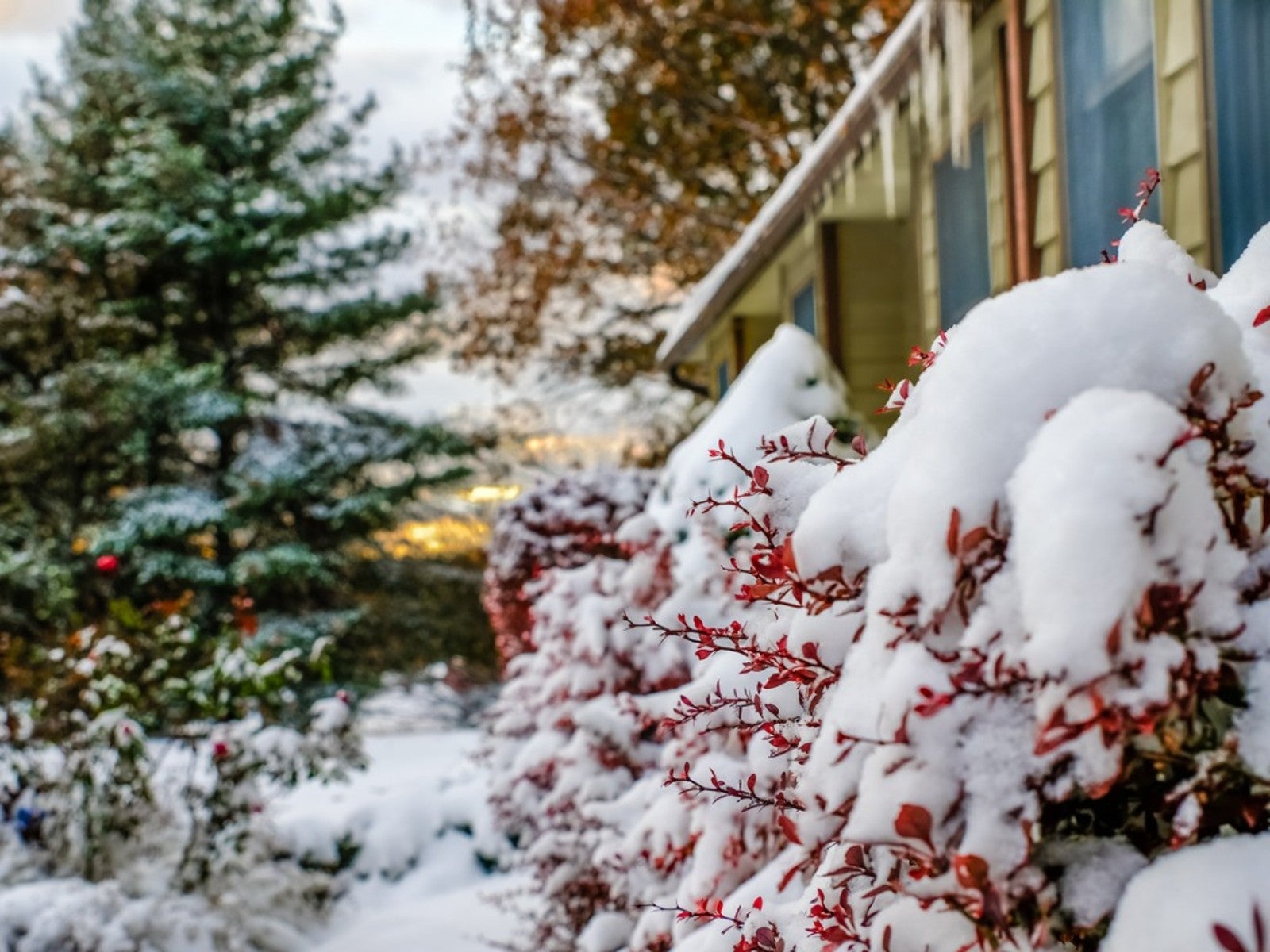 Super Hardy Shrubs And Trees For Northern Climates
Super Hardy Shrubs And Trees For Northern ClimatesWhat are the most cold hardy shrubs and trees for northern climates? Click here to find out.
By Teo Spengler
-
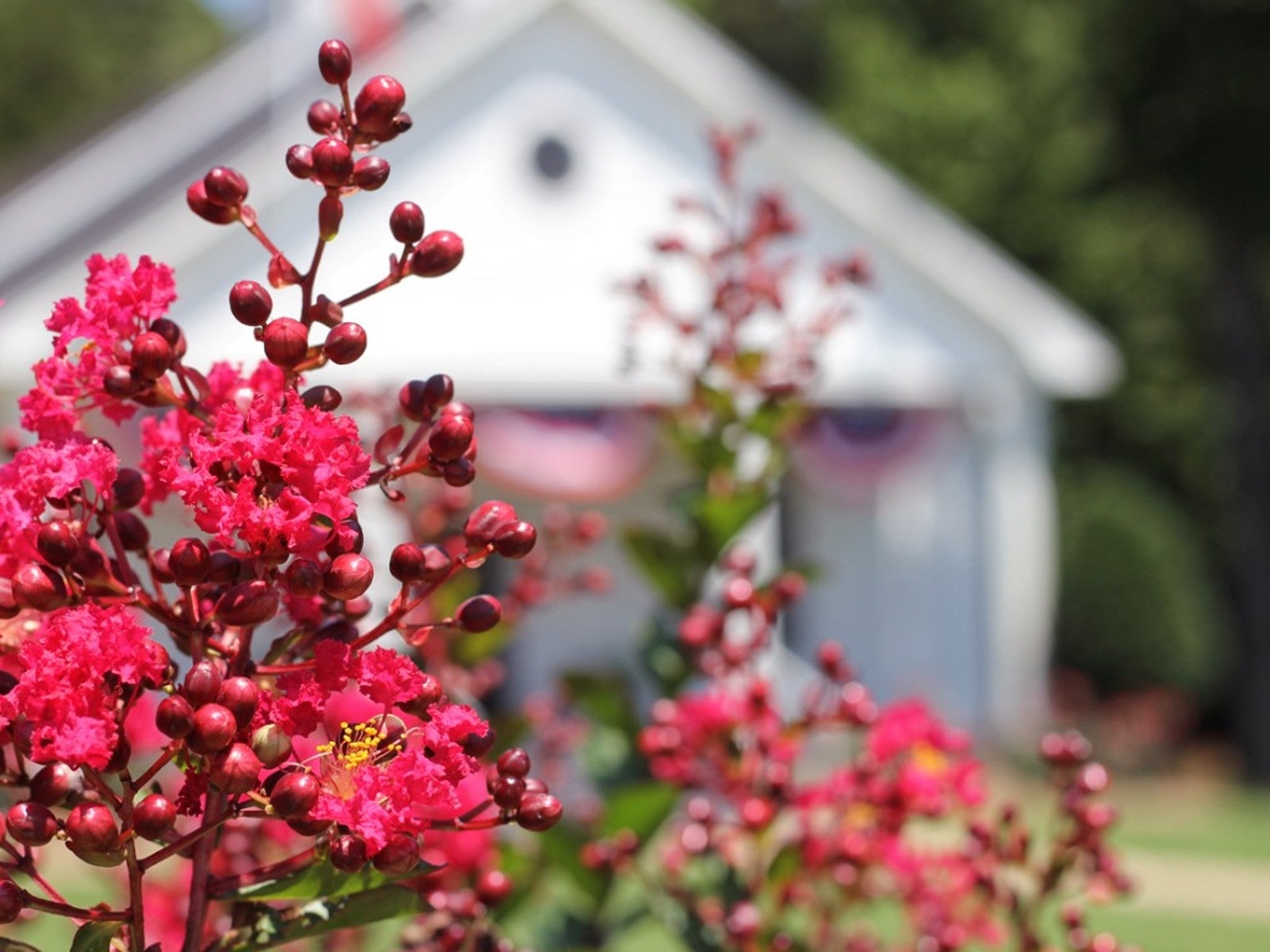 Flowering Shrubs That Like Full Sun And Heat
Flowering Shrubs That Like Full Sun And HeatSome types of flowering shrubs love full sun and summer heat. Read on for full sun shrub suggestions.
By Teo Spengler
-
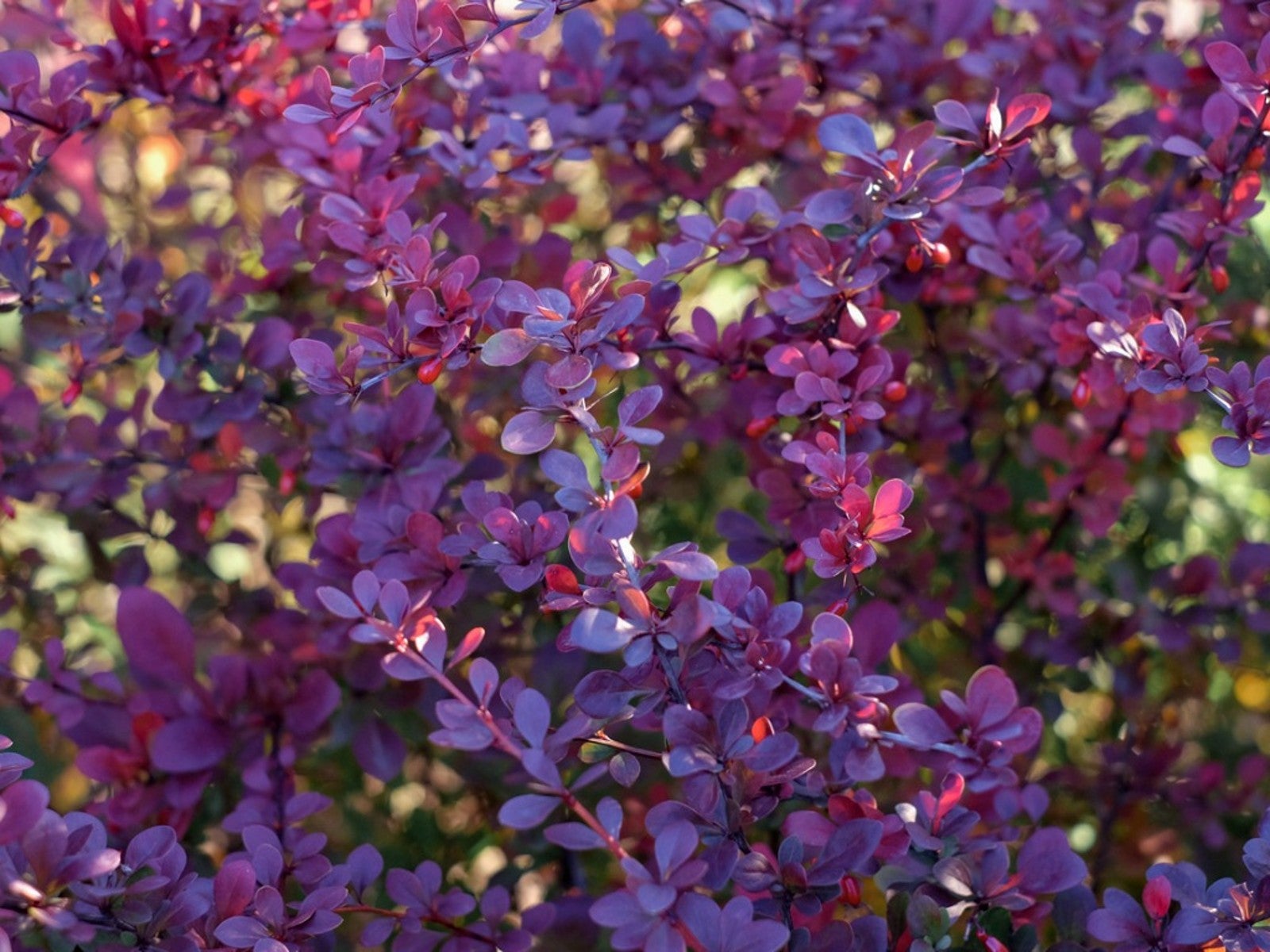 Types Of Shrubs With Purple Leaves
Types Of Shrubs With Purple LeavesIn a garden full of greens and pastels, many gardeners use purple bushes and shrubs for a touch of drama. Here are our favorites.
By Teo Spengler
-
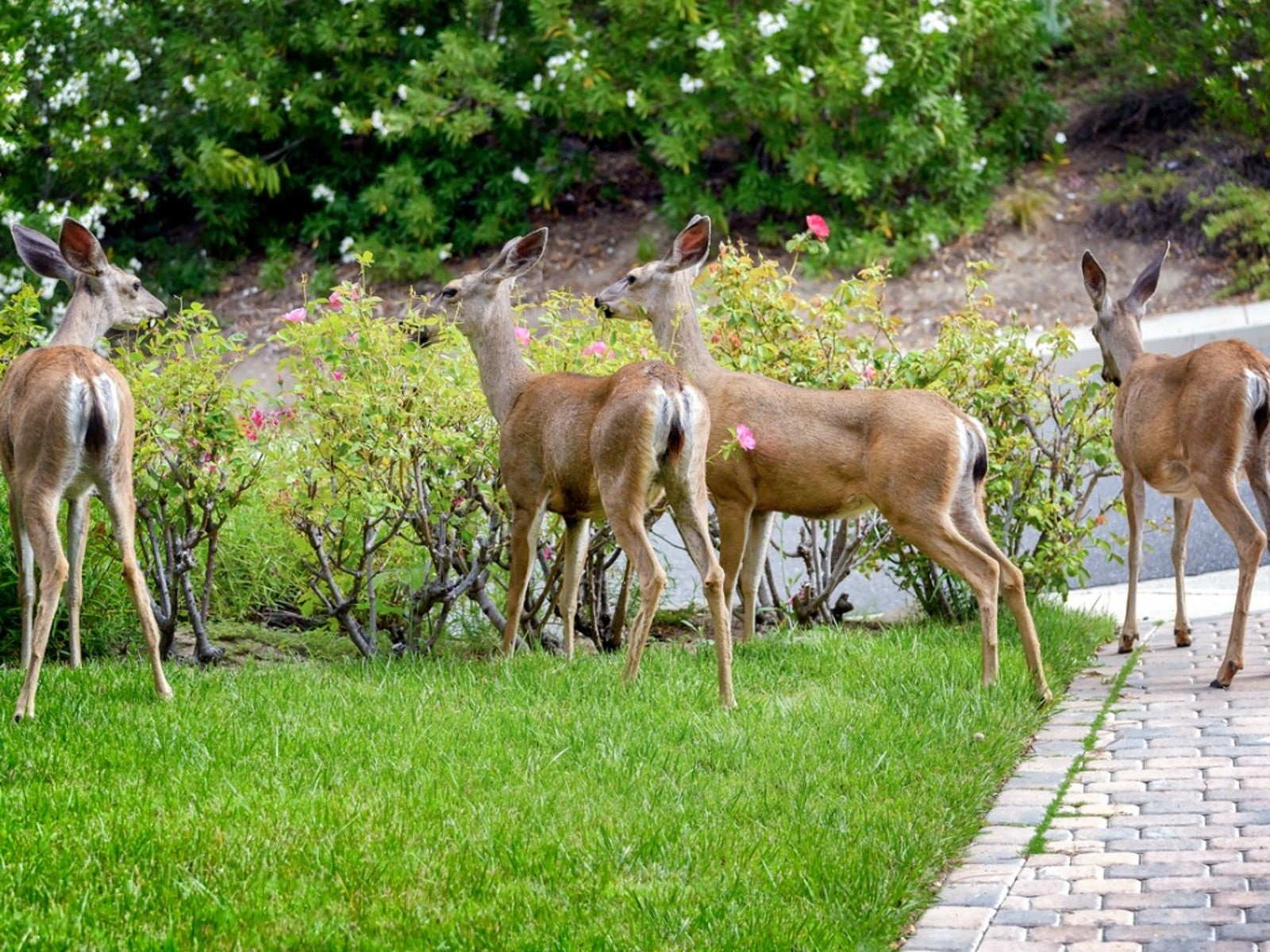 Flowering Shrubs That Are Deer Resistant
Flowering Shrubs That Are Deer ResistantThere is almost nothing a deer will not eat if it is hungry enough, but some plants are better than others. Read on for information on flowering deer resistant shrubs.
By Teo Spengler
-
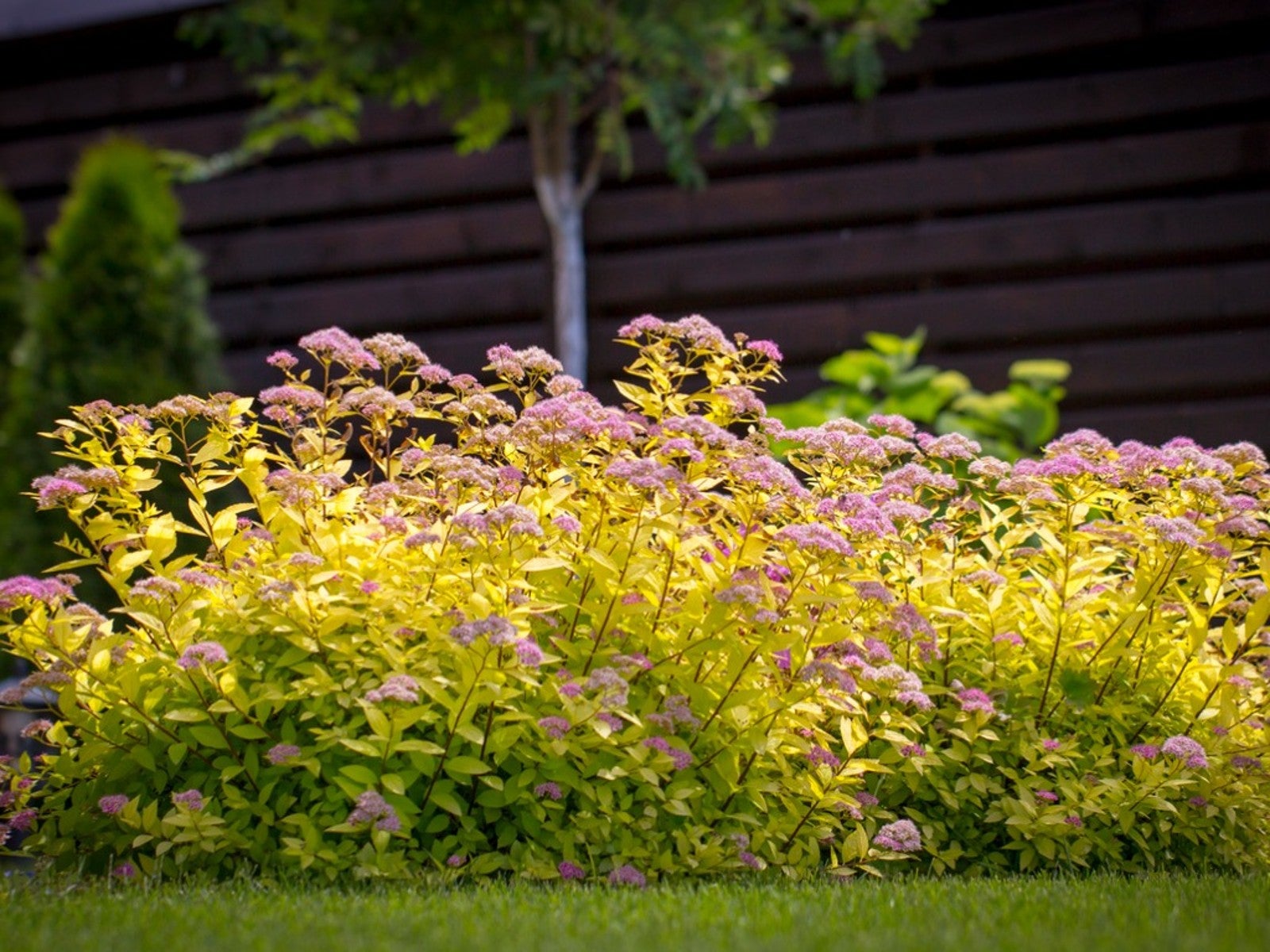 Blooming Invasive Bushes To Avoid
Blooming Invasive Bushes To AvoidWhen it comes to pretty flowers on honeysuckle, scotch broom, and butterfly bush, invasiveness hasn’t always mattered. Today, gardeners know better.
By Mary Ellen Ellis
-
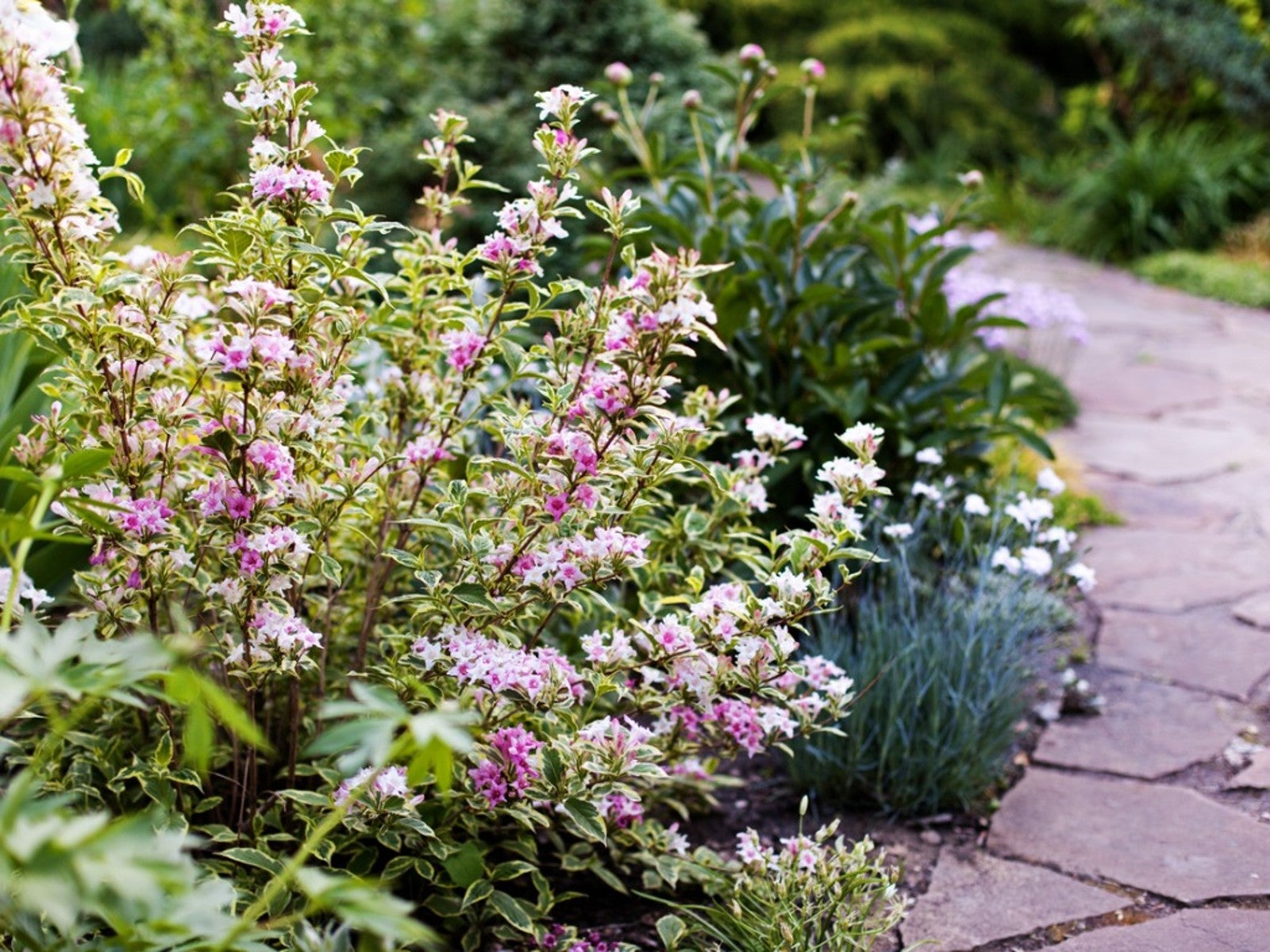 Easy To Care For Flowering Bushes
Easy To Care For Flowering BushesFlowering shrubs are a joy in the landscape, but many gardeners worry about maintenance. Read on for ideas on easy care flowering bushes.
By Teo Spengler
-
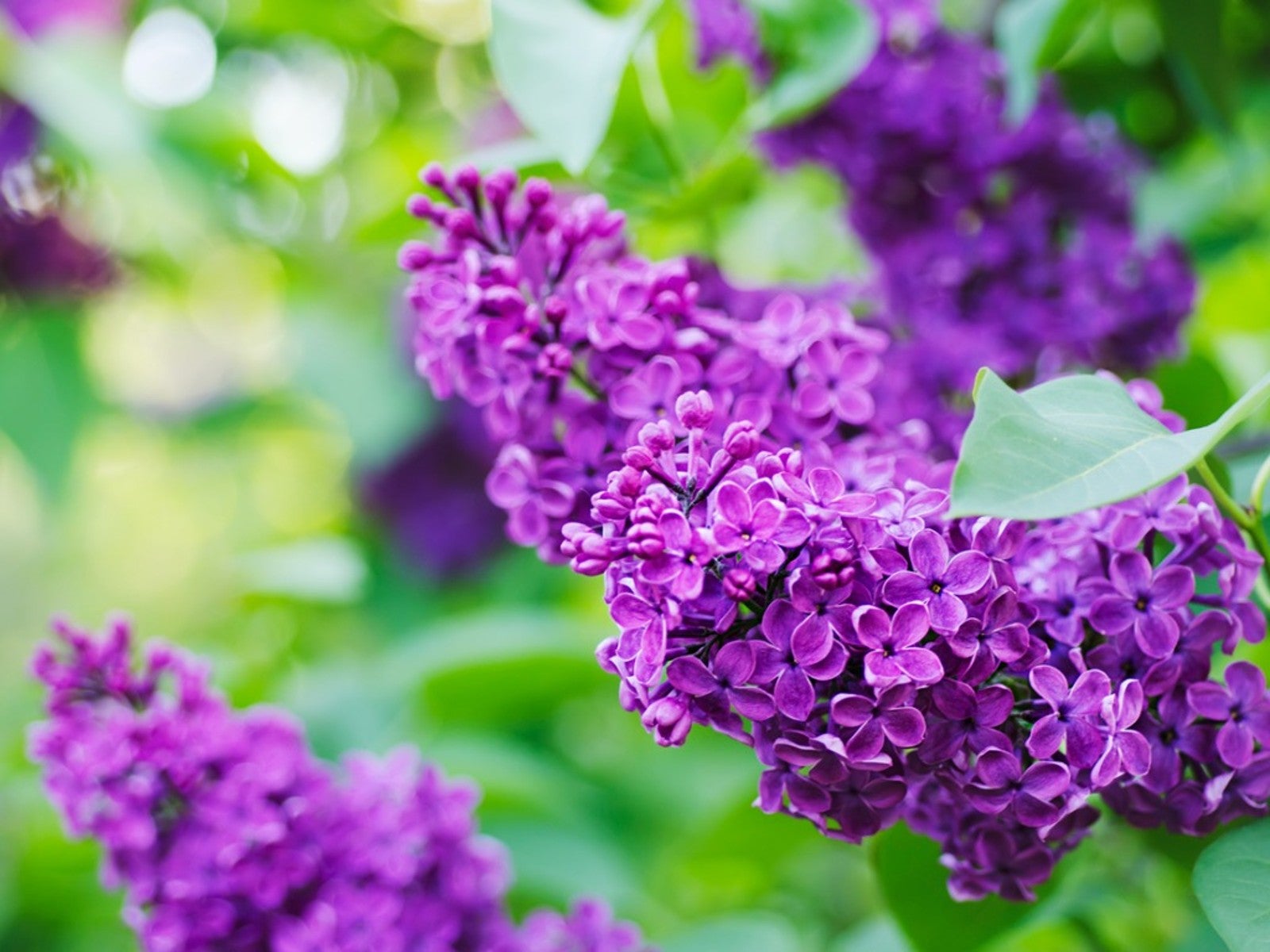 Pretty Purple Flowering Shrubs
Pretty Purple Flowering ShrubsAll flowering shrubs add interest and color to the garden, so why not pick purple? Here are our top recommendations.
By Teo Spengler